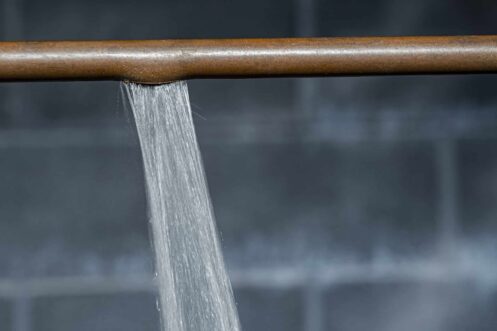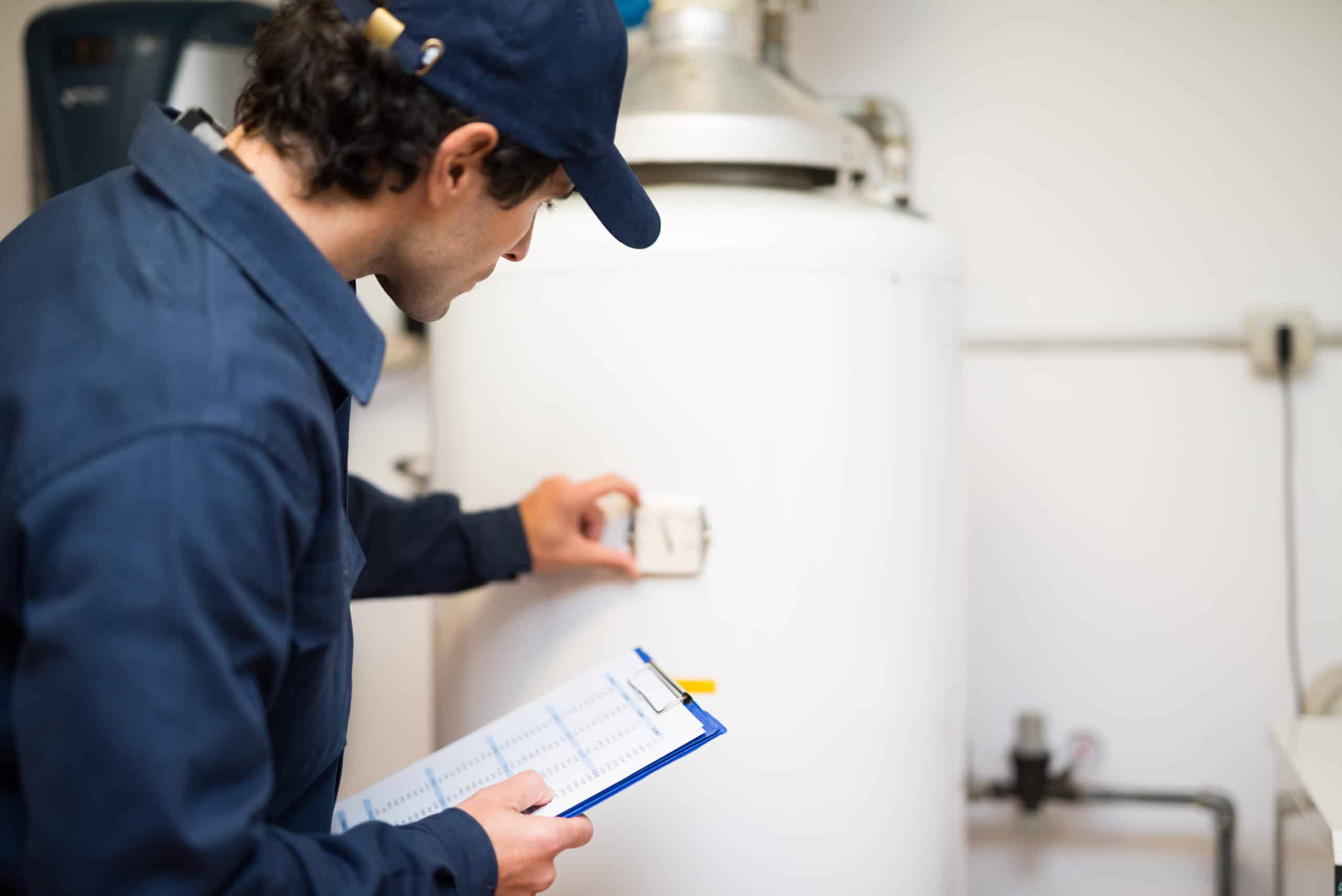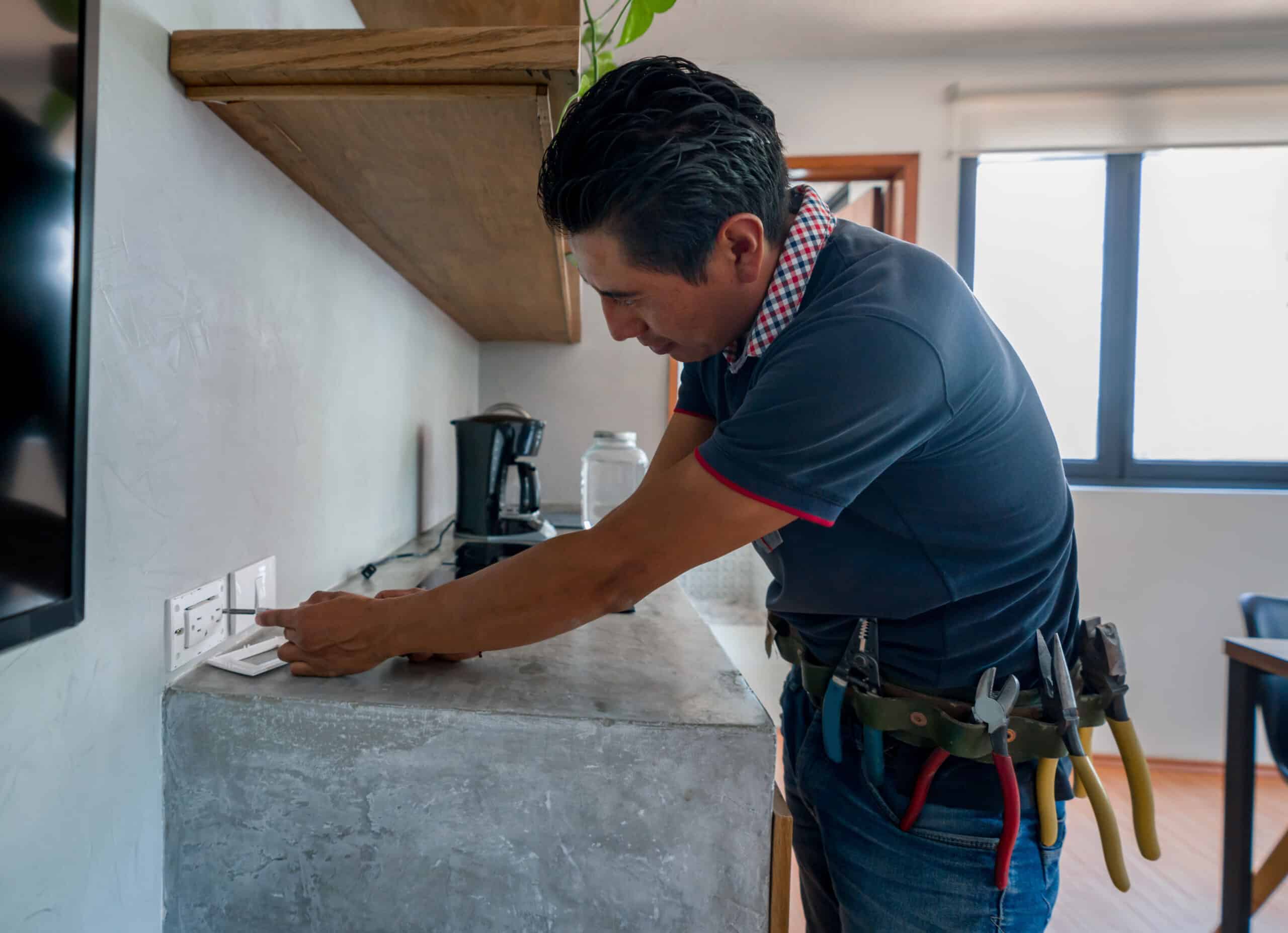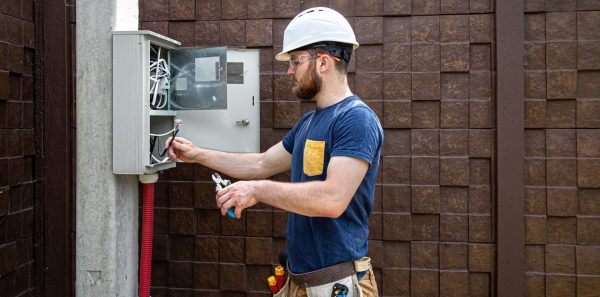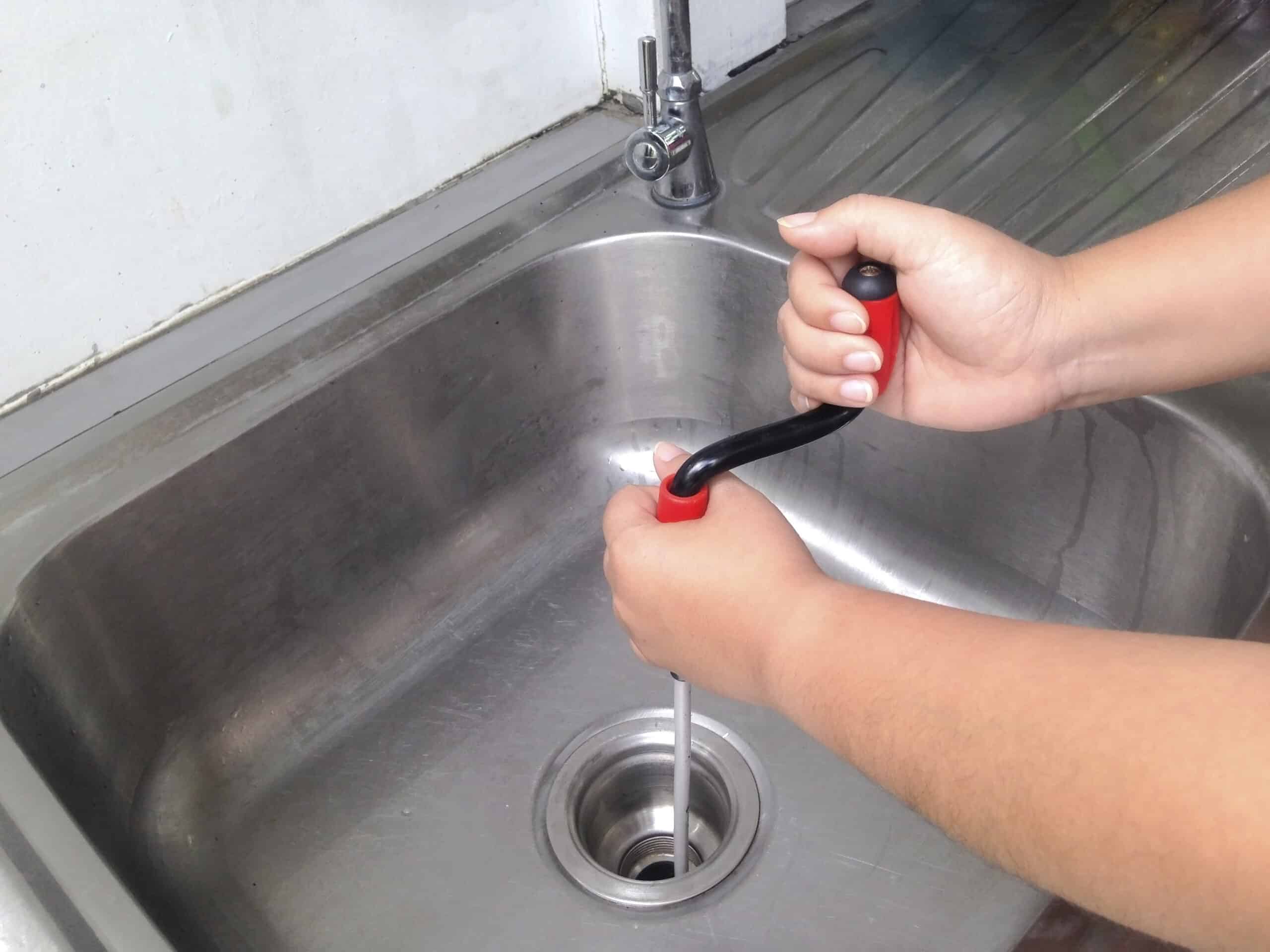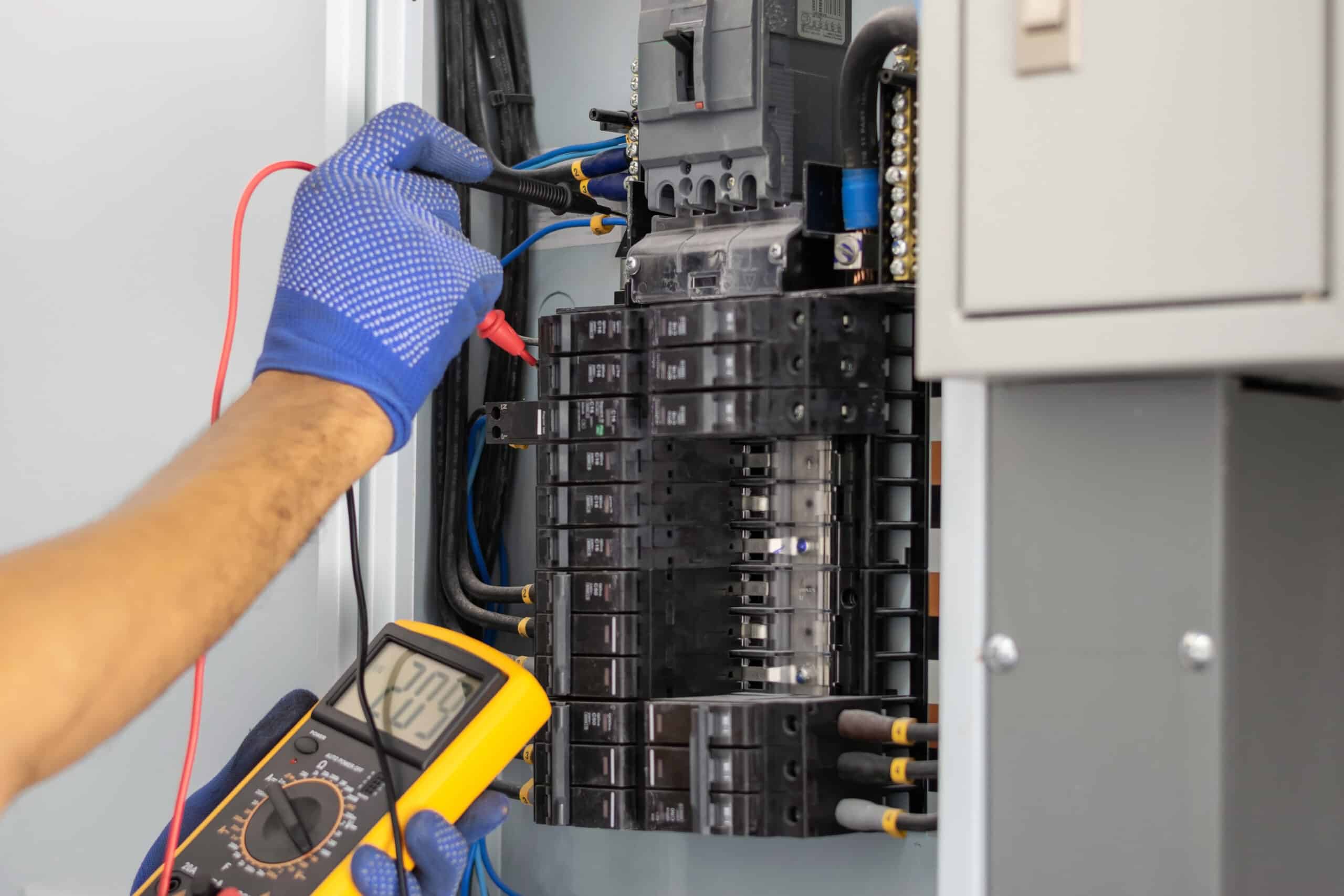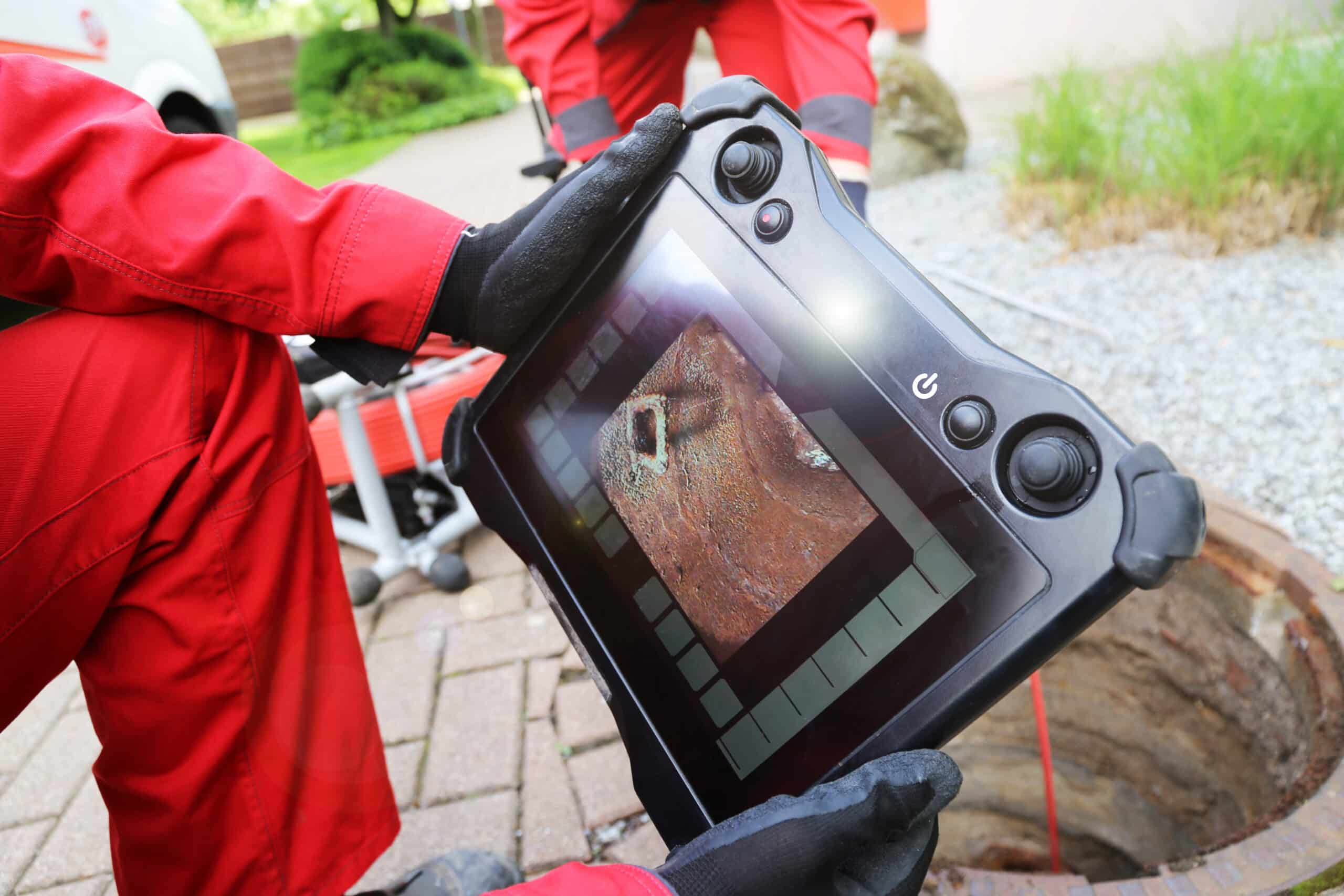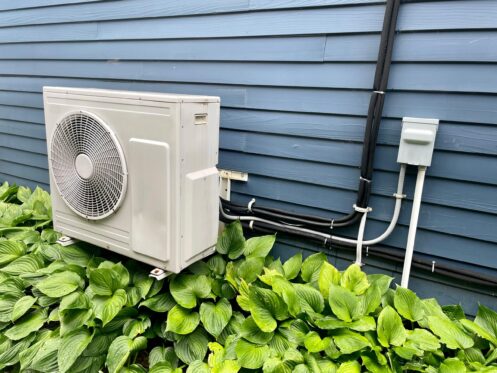While not all heater issues require immediate attention, it’s essential to recognize those that do. If left unresolved, certain problems can pose safety risks, lead to further damage, and result in complete system failure. For example, a malfunctioning safety control or sensor could fail to regulate the heater’s operation, potentially causing overheating or gas leaks. Scheduling maintenance and inspections for your home’s heating system is the best way to protect its efficiency and performance.
1. Increasing Heating Costs
Are your heating bills skyrocketing even though you haven’t changed your usage habits? This could be a sign that your heater is working inefficiently, consuming more energy to maintain the desired temperature. Ignoring this increase in heating costs could lead to even higher bills in the future. By scheduling a heater inspection and repair, a professional can address any issues contributing to the spike in energy consumption. The problem may stem from a dirty air filter, a faulty thermostat, or a malfunctioning component.
2. Uneven Heating
Do you find certain areas of your home warmer or colder than others? Clogged vents limit airflow, which causes certain rooms to get less warm air and causes temperature differences around the home. In a similar vein, problems with the ducts might interrupt the flow of warm air, making certain rooms colder than others. Incorrect temperature readings and insufficient changes caused by a malfunctioning thermostat will exacerbate the issue of uneven heating even further. For the home’s heating to be consistent and pleasant, it is critical to address these concerns quickly.
3. Strange Noises
Are you hearing strange noises coming from your heating system, such as banging, rattling, or squealing? These noises are not normal and could indicate various issues, including loose parts, worn-out components, or airflow restrictions. Grinding noises typically stem from metal-on-metal contact within the heating system, suggesting that a component is worn out or damaged. Hissing sounds usually indicate a leak somewhere in the system, such as a crack in the heat exchanger or a damaged valve.
4. Poor Air Quality
Have you noticed a decline in
indoor air quality lately, with increased dust, persistent odors, or worsening allergy symptoms? A malfunctioning heater can worsen this situation by recirculating pollen and other pollutants throughout your home. As a result, you and your loved ones may experience aggravated respiratory disorders and allergies. A common culprit for such issues could be a dirty air filter, which often just needs replacing. However, other factors can also contribute to poor indoor air quality, such as malfunctioning ventilation systems, mold or mildew growth, or volatile organic compounds emitted by household products.
5. Frequent Cycling
Is your heater turning on and off more frequently than usual? This frequent cycling can indicate problems with the unit, such as a malfunctioning thermostat, dirty filters, or restricted airflow. If you ignore this problem, your system will wear out faster, and your energy costs will rise.
6. Thermostat Malfunctions
Are you experiencing issues with your thermostat, such as inaccurate temperature readings or the inability to maintain a consistent temperature? Thermostat malfunctions will lead to discomfort, major energy waste, and increased energy costs. Common culprits for thermostat issues include dead batteries and faulty sensors that cause inaccurate temperature readings.
7. Unpleasant Odors
Have you noticed strange or unpleasant odors coming from your heating system when it’s running? These odors could be a sign of mold, mildew, or even a gas leak, all of which require immediate attention. They pose serious health risks to you and your family and may indicate underlying issues with your heating system.
8. Dust Buildup
Do you notice an increase in dust accumulation around your home despite regular cleaning efforts? Excessive dust buildup can indicate problems with your heating system, such as dirty filters, ductwork leaks, or inadequate airflow. If you ignore this problem, indoor air quality may decrease, and you and your family may develop respiratory problems.
9. Pilot Light Keeps Going Out
Do you find yourself relighting your pilot light often? If that’s the case, it may mean there’s something wrong with the gas supply or airflow. It could also indicate a malfunctioning thermocouple that fails to sense the pilot flame, resulting in the gas valve shutting off as a safety measure. This disruption in communication can cause the pilot light to extinguish, necessitating relighting.
10. Carbon Monoxide Detector Alerts
Have you received alerts from your carbon monoxide detector? Carbon monoxide leaks can occur due to malfunctioning heating systems. They are another concern that poses severe health risks to you and your family. Immediate action is crucial if your carbon monoxide detector sounds an alarm. Evacuate the premises and contact a professional to inspect your heater for leaks and ensure your safety.
11. Pilot Light Emitting an Unusual Color
Is your pilot light emitting a color other than blue, such as yellow or orange? An unusual pilot light color may indicate the presence of contaminants in the gas supply or incomplete combustion. These issues can lead to carbon monoxide production and pose safety hazards. Having an expert inspect the pilot light is the safest way to fix the problem.
12. Delayed Ignition Causing a “Boom” Sound
Do you hear a loud “boom” sound when your heater ignites? Delayed ignition occurs when gas builds up before igniting, resulting in a small explosion upon ignition. This issue can damage your heating system and pose safety risks. Technicians addressing a heater’s boom noise from delayed ignition typically investigate the pilot light or burner assembly. They check for issues like clogs, improper gas flow, or misaligned components, ensuring safe and efficient operation.
13. Frozen Pipes or Coils
Is your heating system showing signs of frozen pipes or coils? Frozen parts could be a sign of problems with the airflow, the amount of refrigerant, or the thermostat. Not taking action when pipes or coils freeze may result in wasted energy, poor heating effectiveness, and even water damage. When fixing frozen pipes or coils on a heater, technicians typically thaw the affected components using specialized equipment or techniques. They may also investigate and address the underlying cause, such as inadequate insulation or airflow issues, to prevent future occurrences.
14. Malfunctioning Safety Controls or Sensors
Are your safety controls or sensors malfunctioning? Limit switches monitor temperature levels and prevent overheating by shutting down the system if temperatures exceed safe limits. Pressure switches detect abnormalities in air pressure, such as clogged vents or blocked exhaust pipes, and initiate shutdown procedures to prevent damage. Flame sensors monitor burner flames to ensure proper combustion, while carbon monoxide detectors alert occupants to dangerous levels of this odorless gas. If these safety features fail to function correctly, the HVAC system may experience overheating, poor combustion, and gas leaks, or it could cause carbon monoxide poisoning.
A w
ell-maintained HVAC system makes keeping your home comfortable and safe easier. When you need HVAC, plumbing, or electrical work in Kingman, KS, Eck Services is here to help. Contact Eck Services today to schedule a heater inspection.




